Greek culture and Buddhism originated in India & Gandhara fused in Bactria when the Alexander the Great went on an expedition, and then transferred to Japan via the silk road. Consequently, treasures and Zoroastrianism from Persia are found in Nara.
Yakushiji temple with Kasugayama in the background

Irie Taikichi Memorial Museum of Photography and his former residence
.jpg)
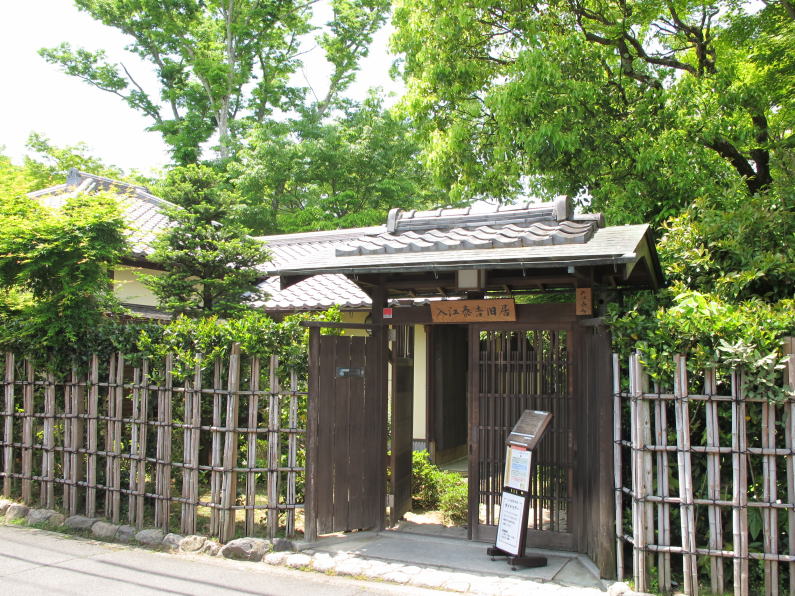
Takabatake Area
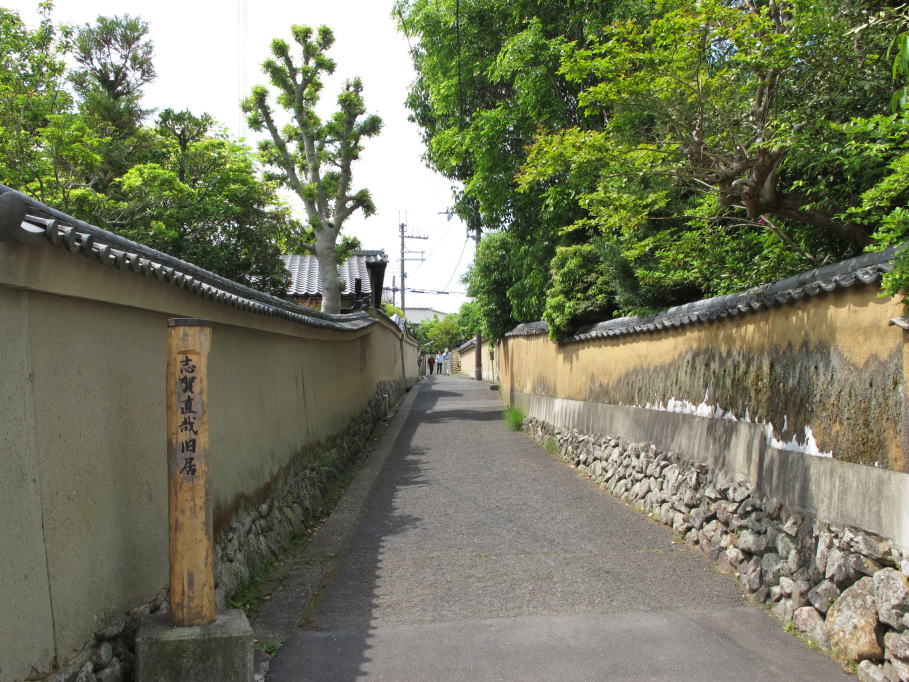
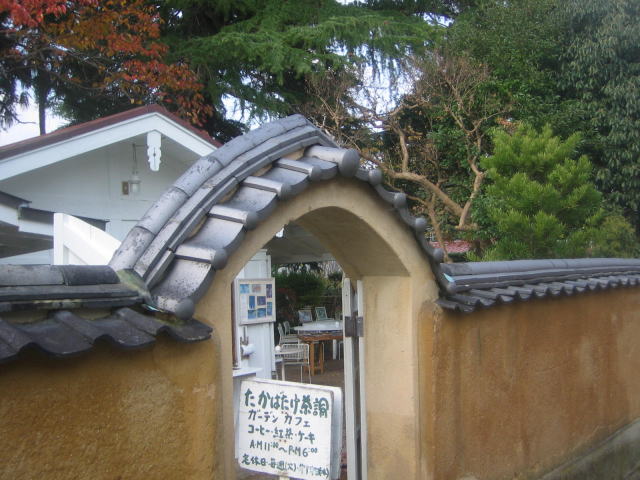
Shiga Naoya former residence
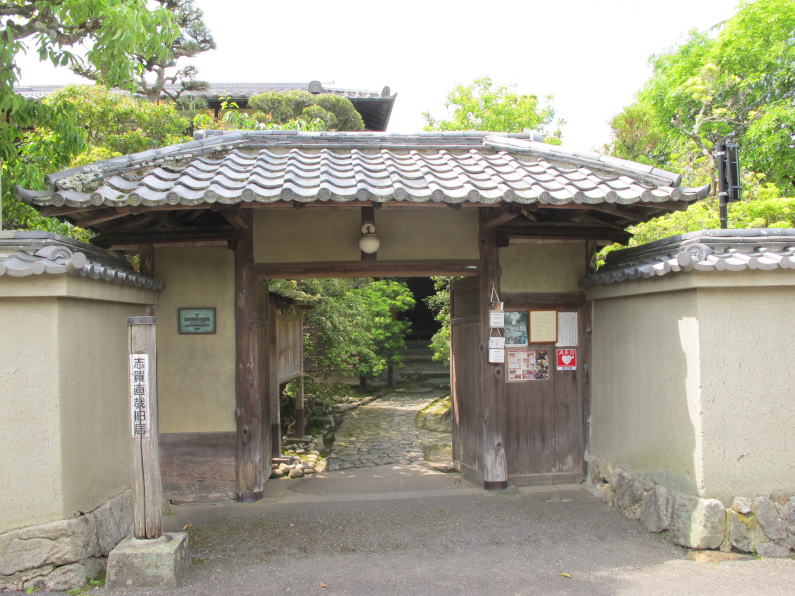
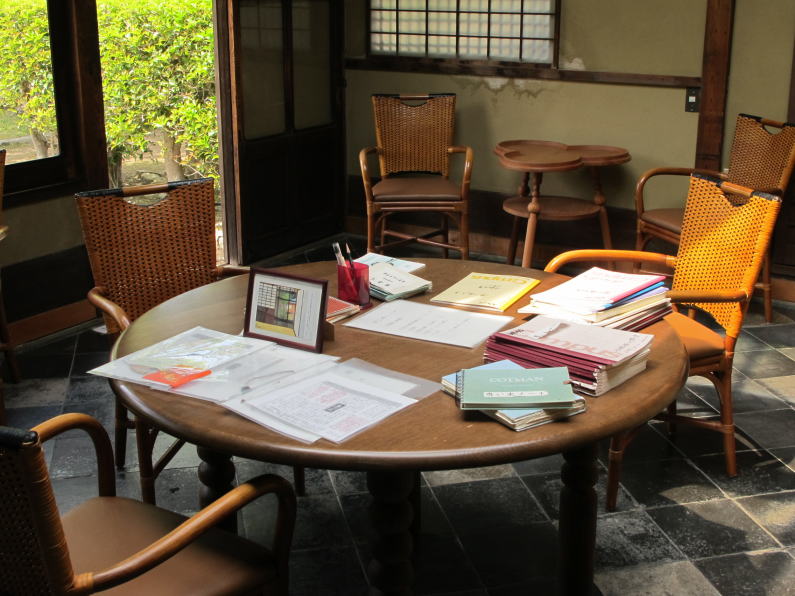
A small path, named "Negi no Michi" leading to Kasuga Taisha from Takabatake
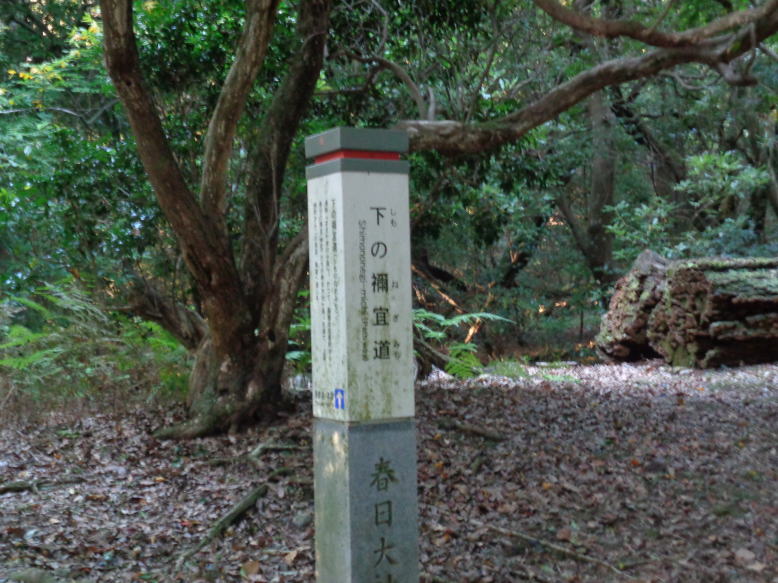
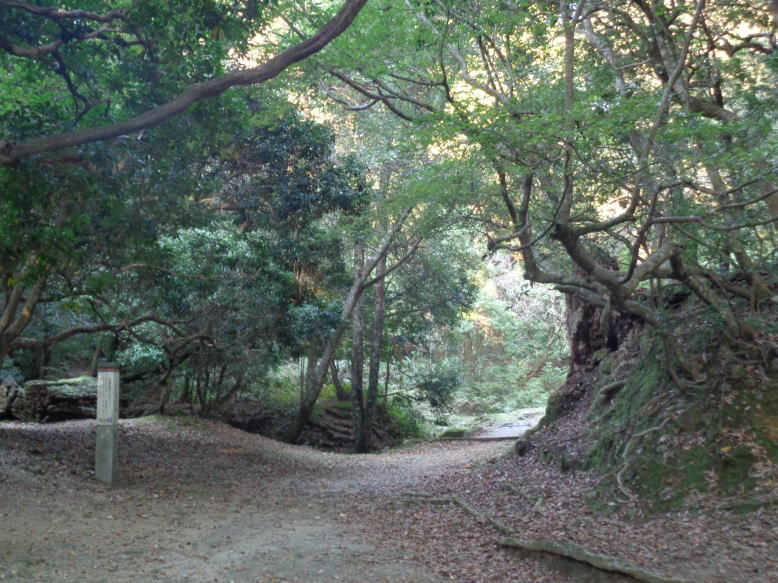
Kasuga Taisha
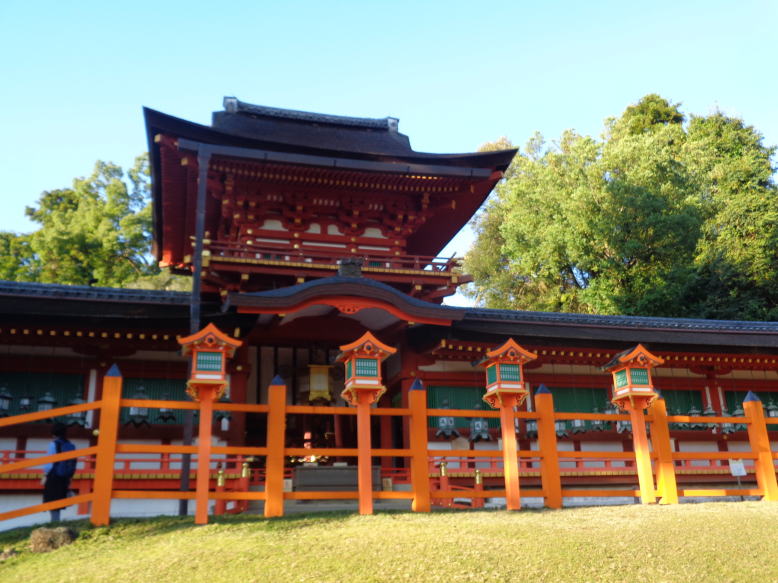


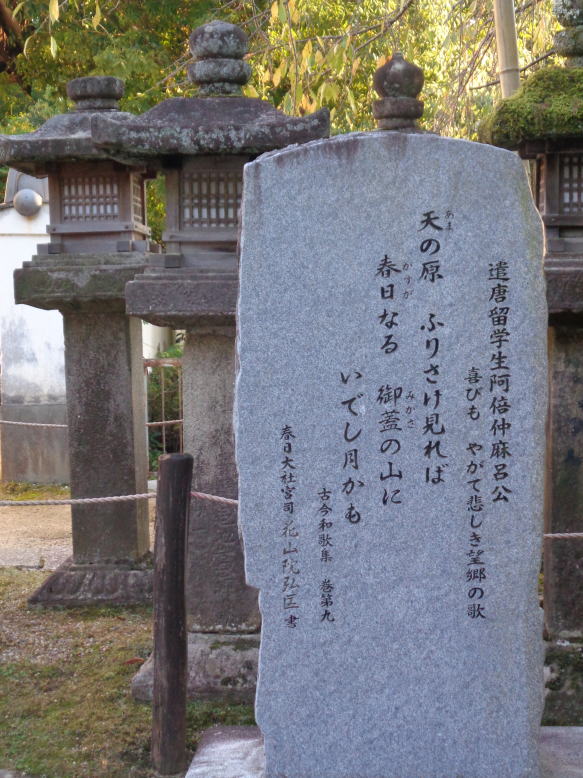
Nigatsudo of Todaiji temple and the back approach
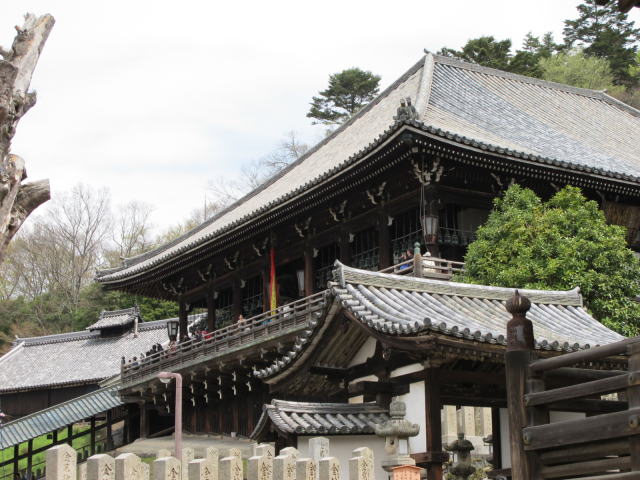

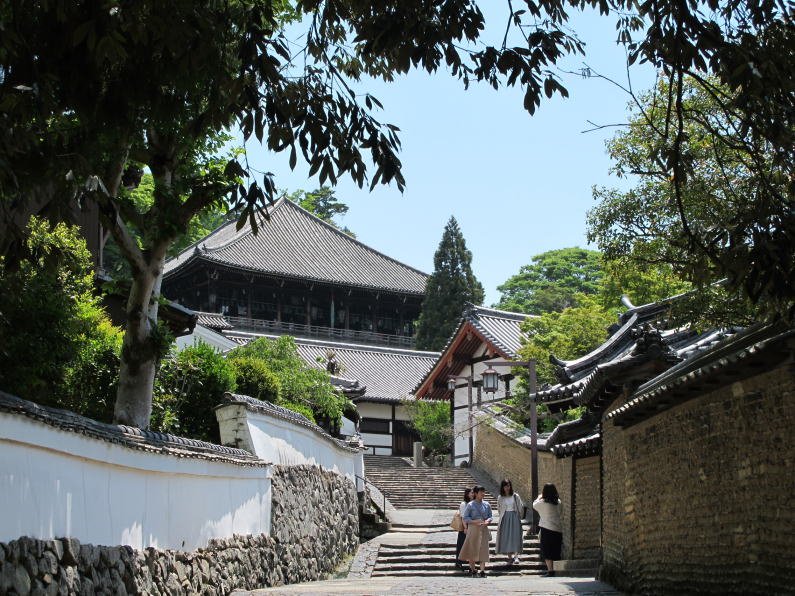
Todaiji temple and the Big budda in the temple

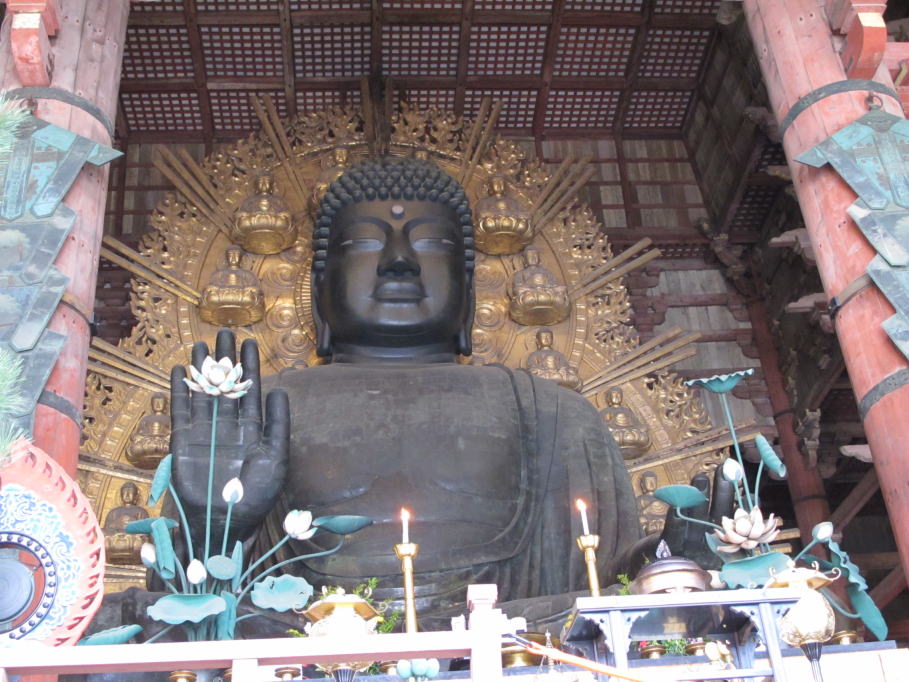
Shosoin, where many treasures came from Persia & Afganistan were preserved in Nara period (8th century).
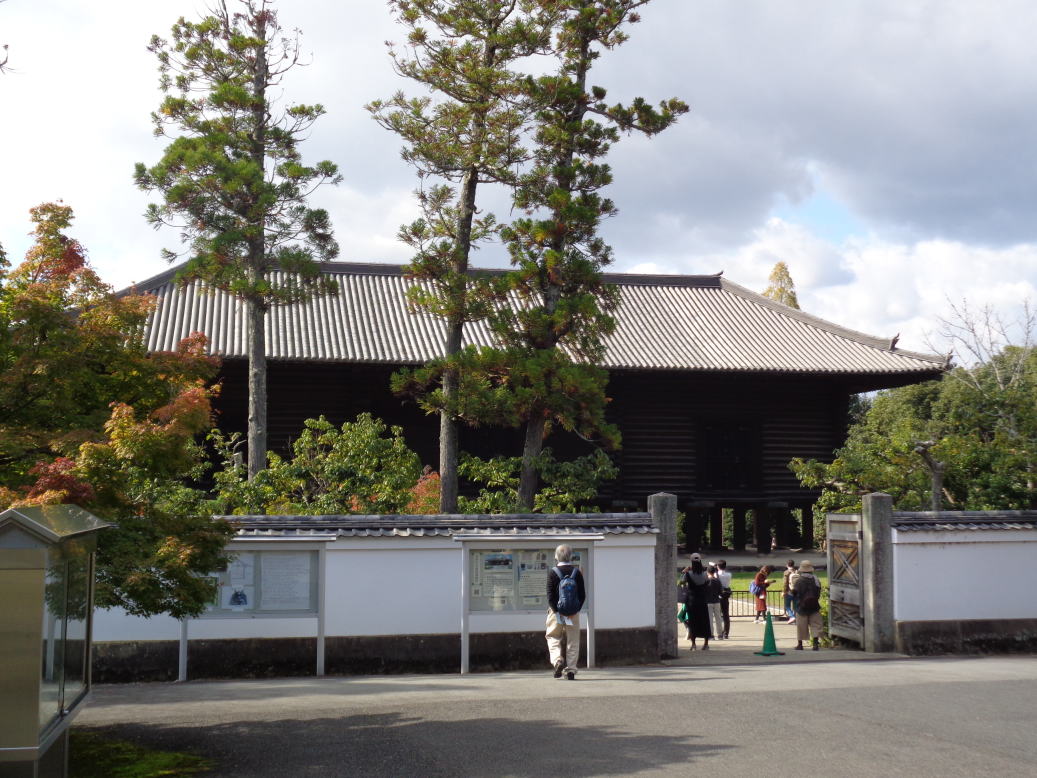
Nara Tokae Festival in front of the National Museum
.jpg)
Nara Tokae Festival around the Ukimidou
.jpg)
Deer antler cutting ceremony
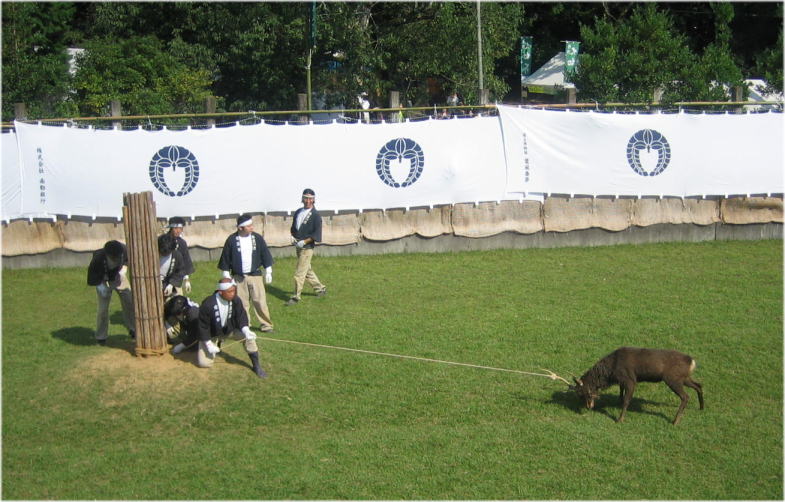
Alumni event iin 2018
Ishibutai in Asuka and the Nara Hotel
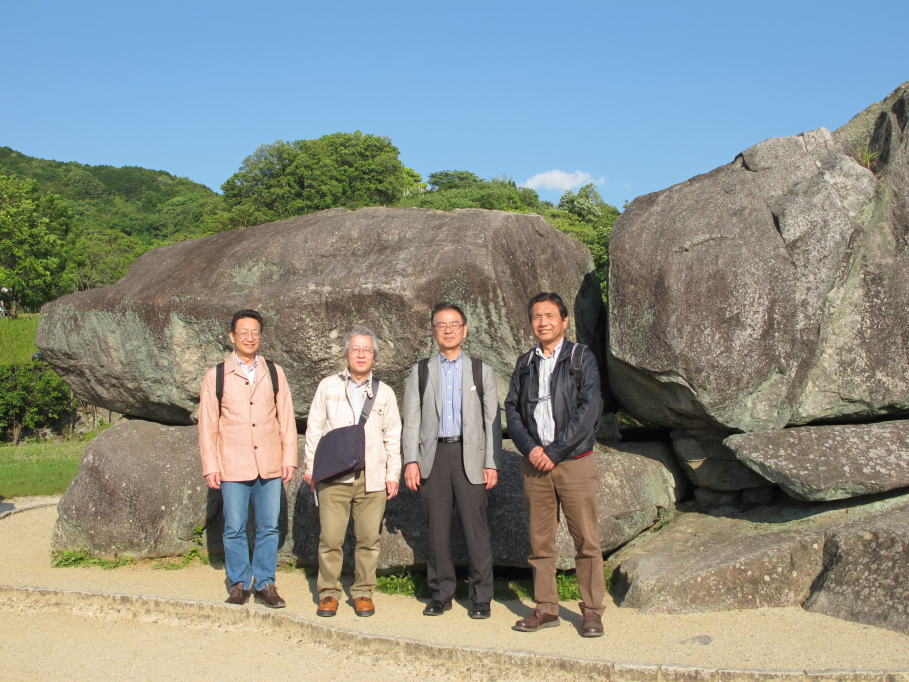
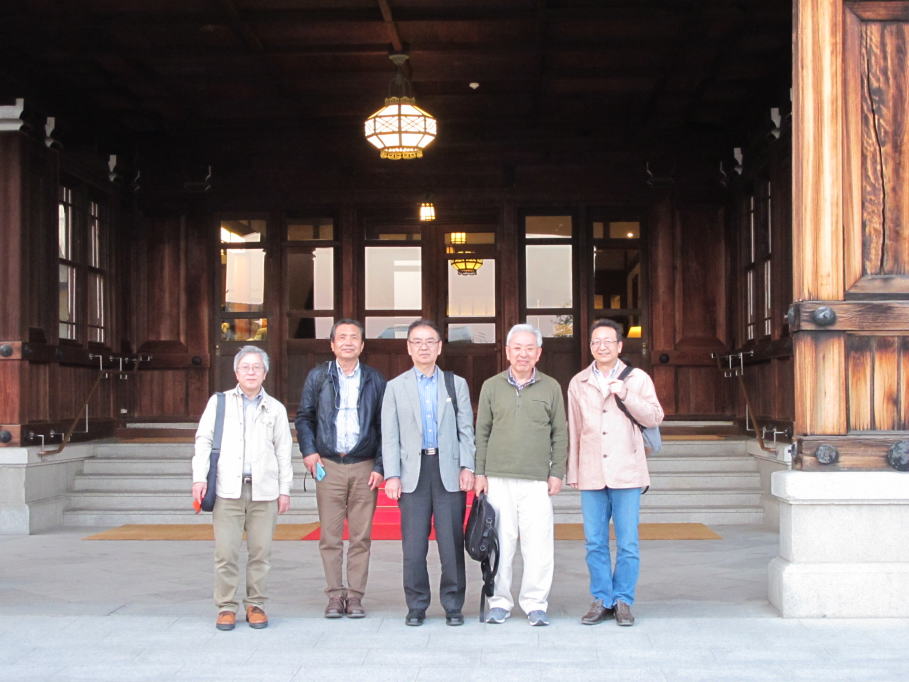
Asukadera, the oldest tenple in Japan
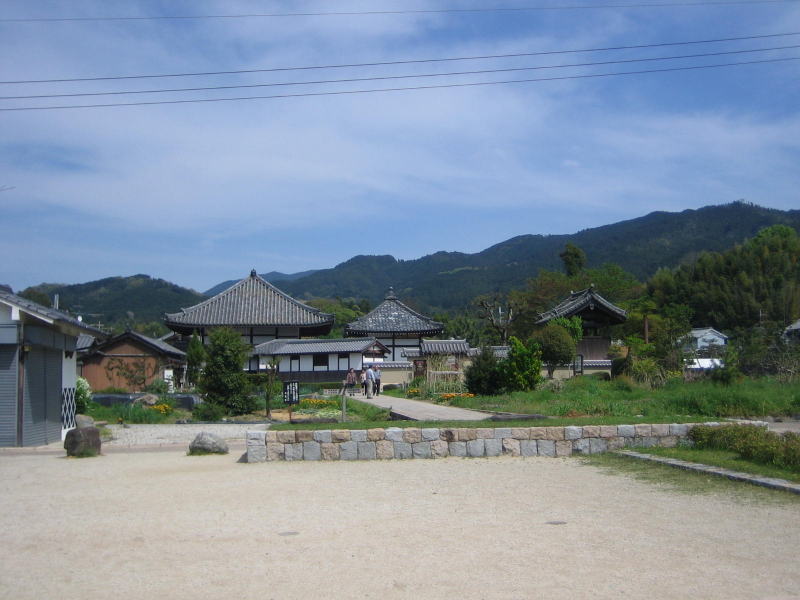
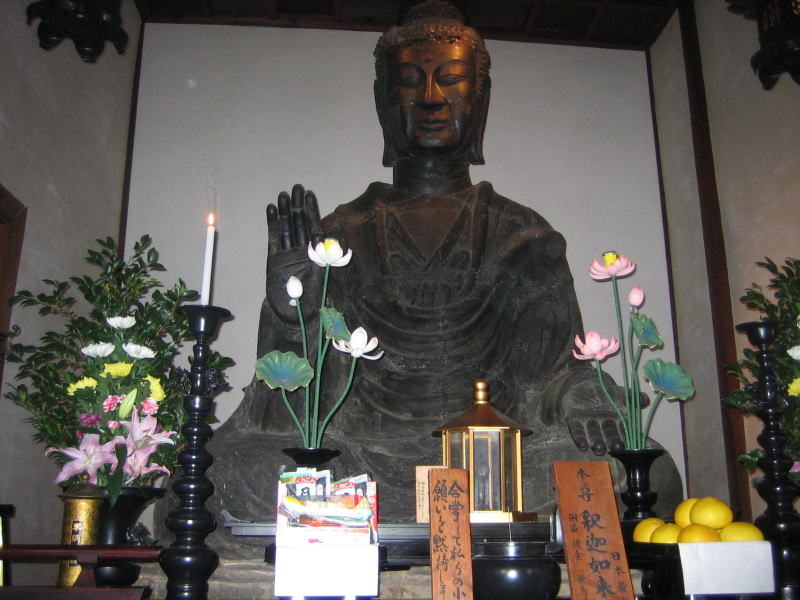
Horyuji, constructed in 7th century for the Prince Shotoku.
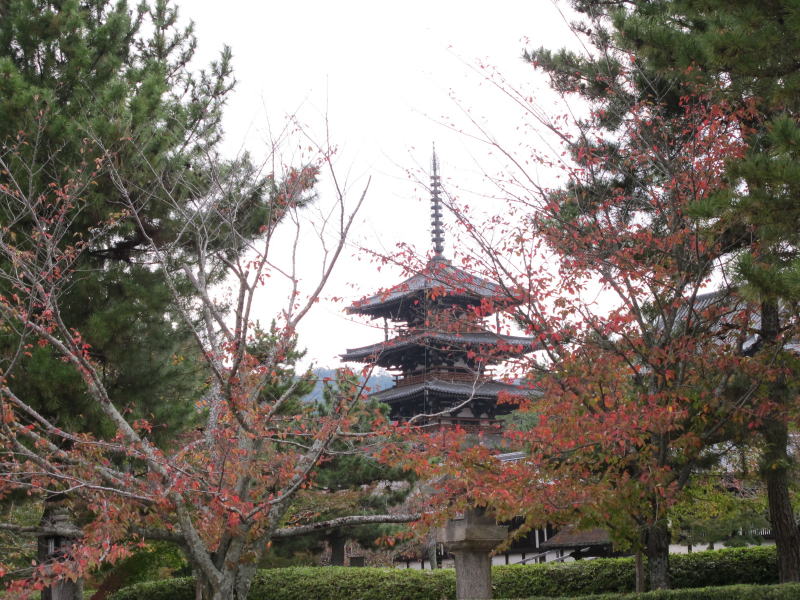
The columns in the corridor of Horyuji Temple use the same style of entasis as the Parthenon in Greece, which bulges in the center.
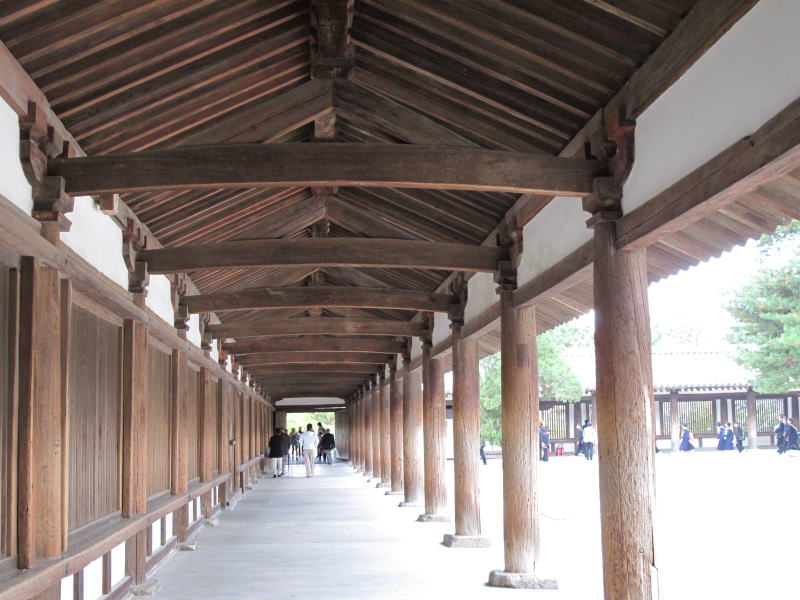
Yakushiji Temple in Nishinokyo
Socle of Yakushiji Nyorai & Sanzo-in, where we can see big Western Tang Dynasty murals drawwn by Ikuo Hirayama.
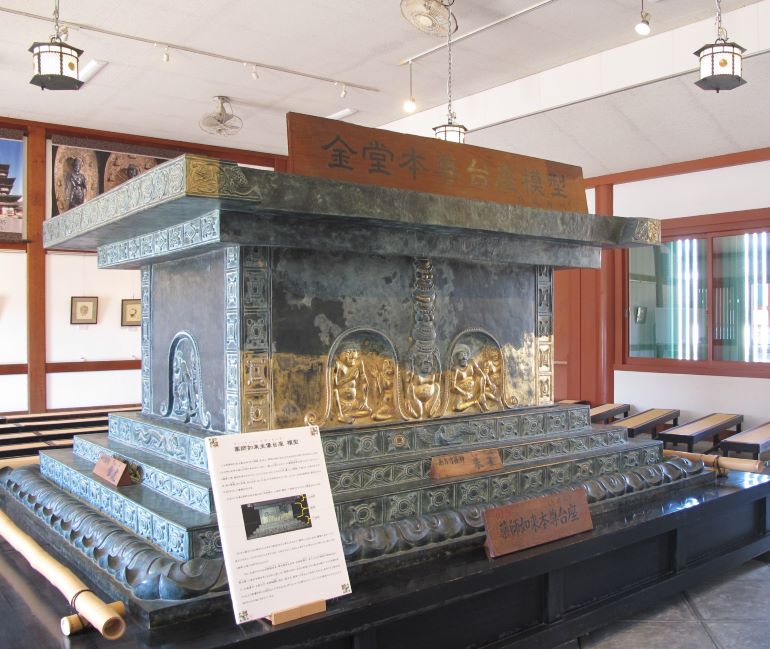

Toshodaiji
Toshodaiji is a Buddhist temple founded in 759 by the Tang dynasty Chinese monk Jianzhen during the Nara period.
Jianzhen Wajo Mausoleum and Altar

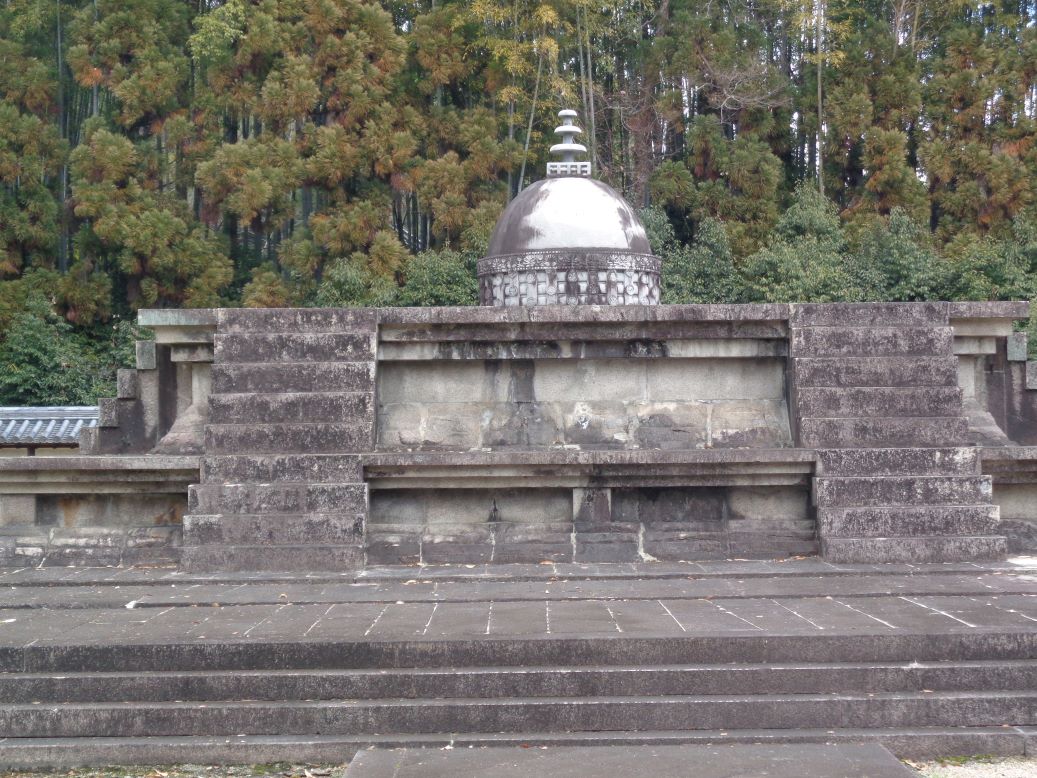
Wakakusayama Yaki
A centuries-old ritual that sets a mountain on fire
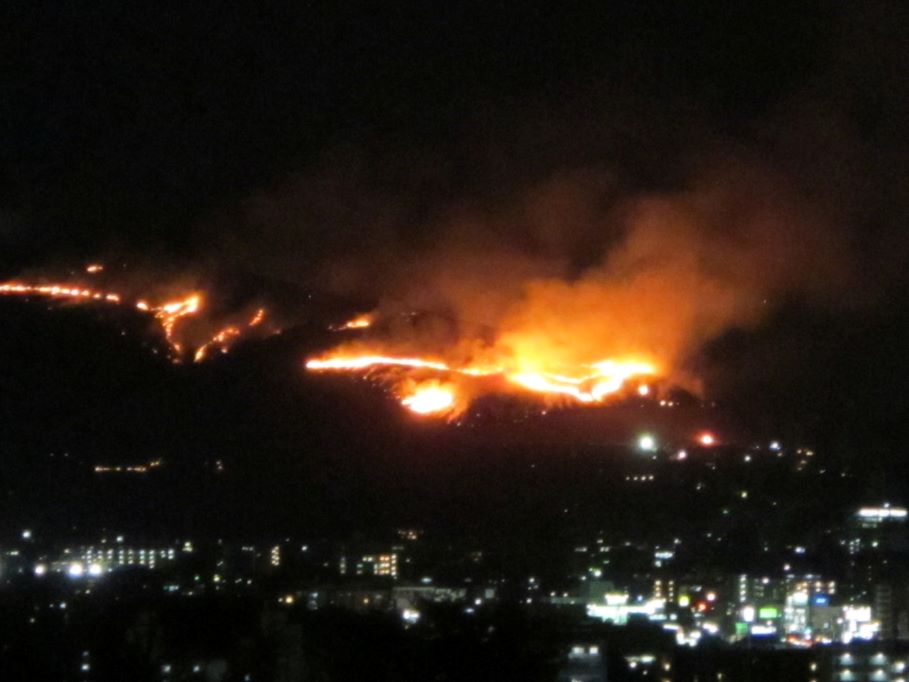
(Wakakusayama Yaki, January 27, 2024)
Water‐drawing ceremony in Nigatudo, Todaiji.
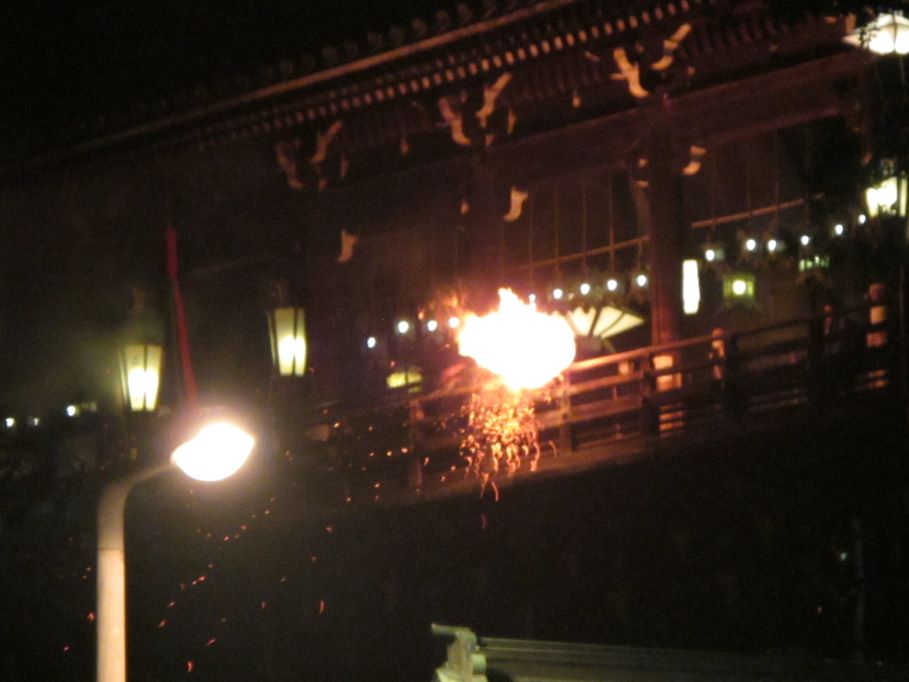
(March 04, 2024)
Row of cherry blossom trees along the Saho River
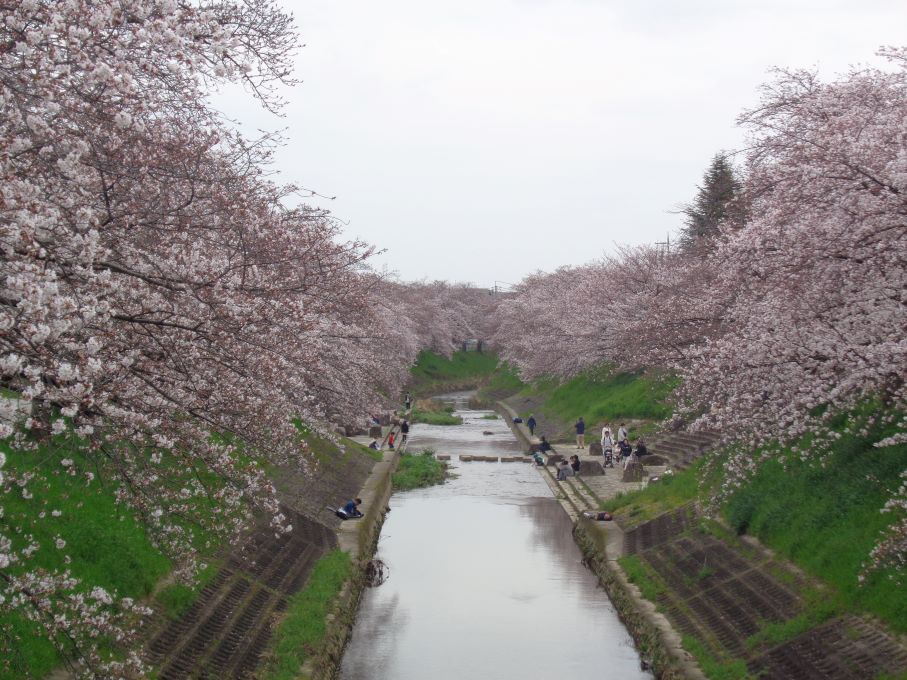
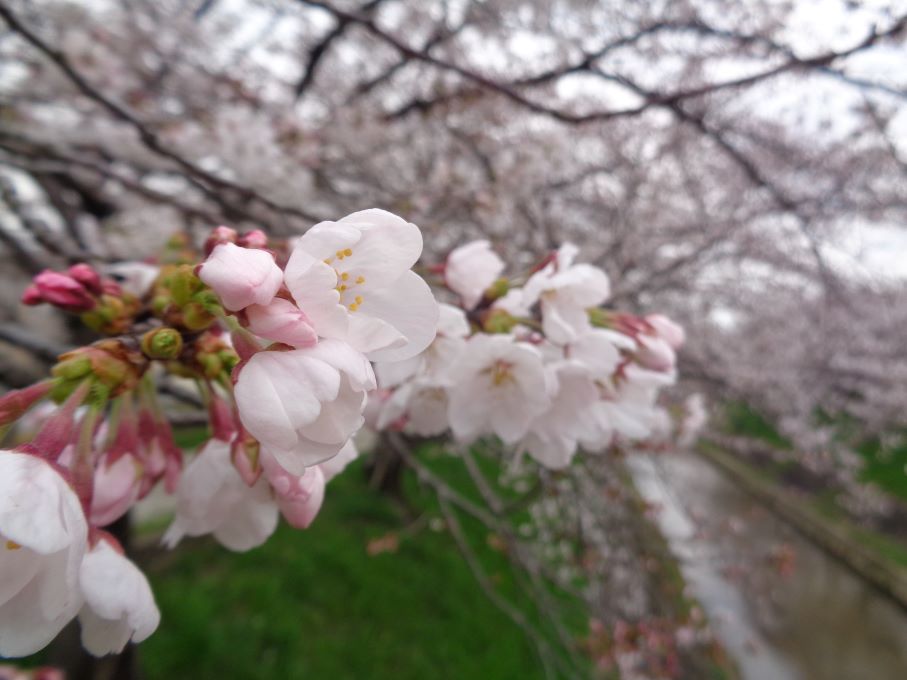
Wakakusayama and Ukimido in the Nara Park
Ukimido is an octagonal hall with a cypress bark roof.
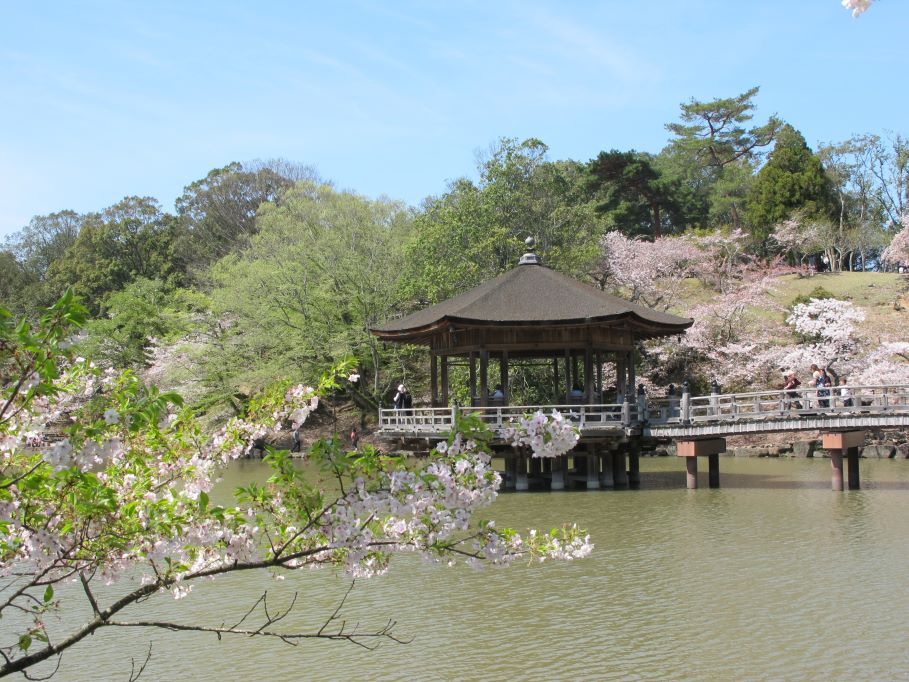
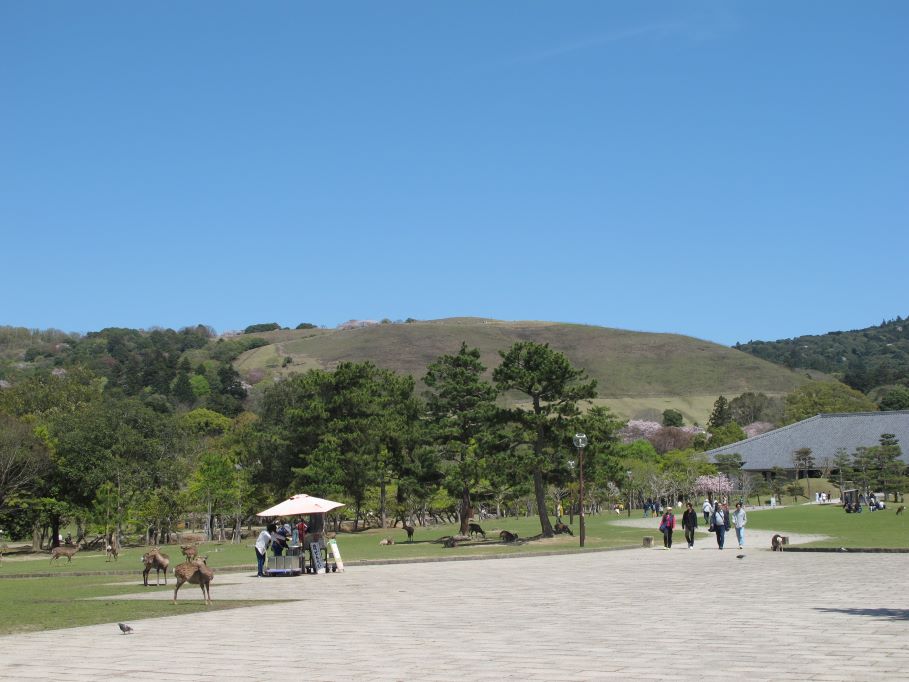
Go back to Home